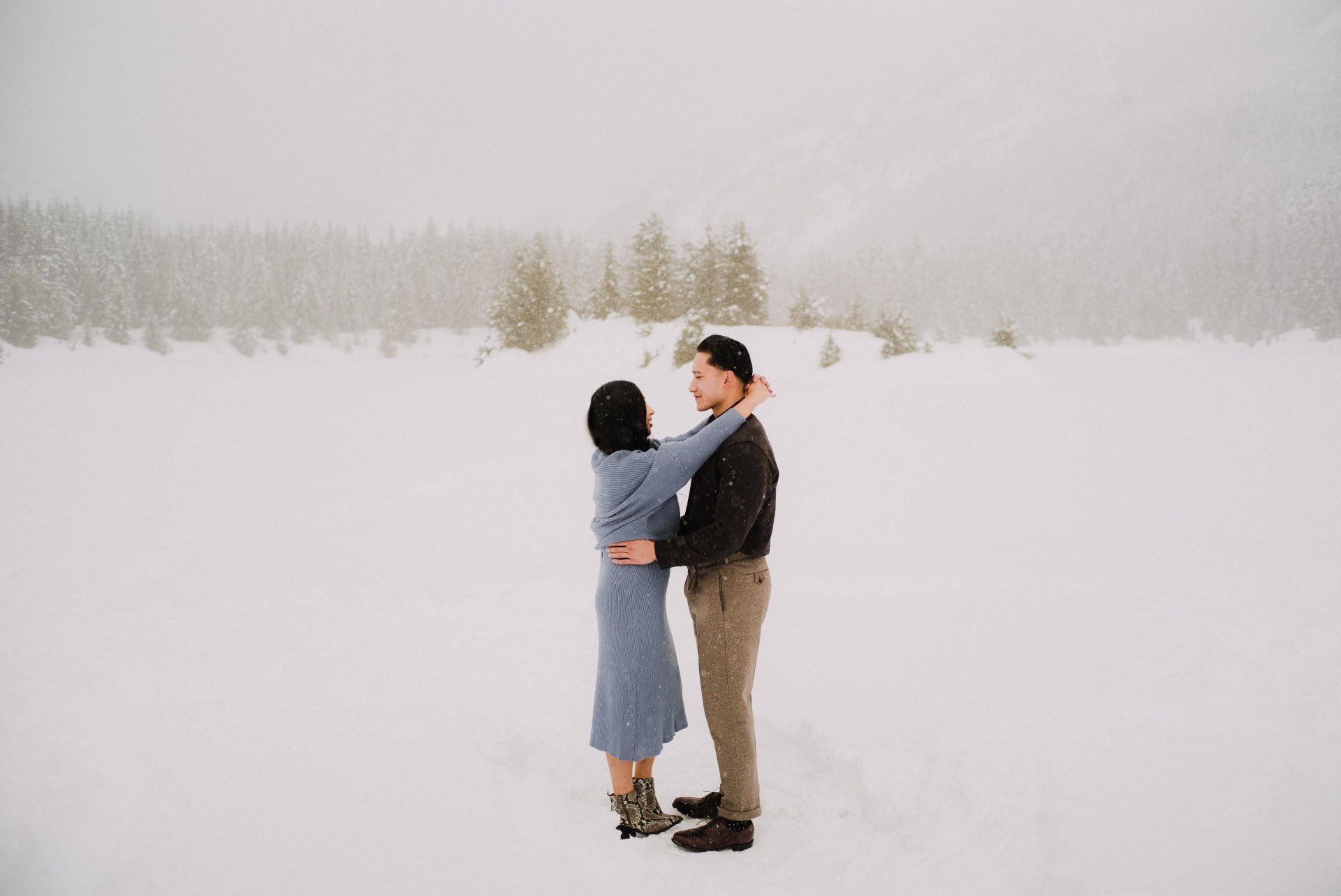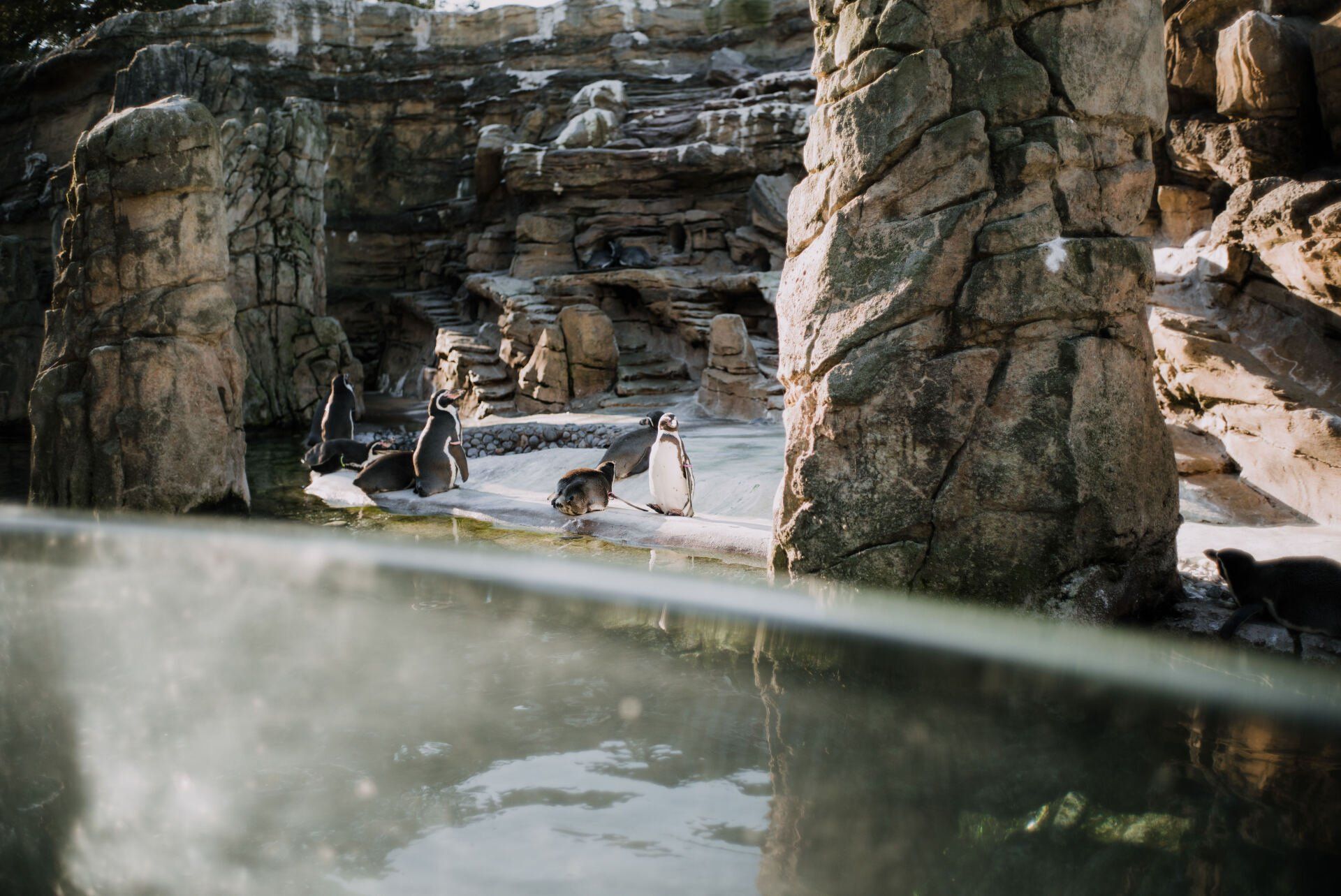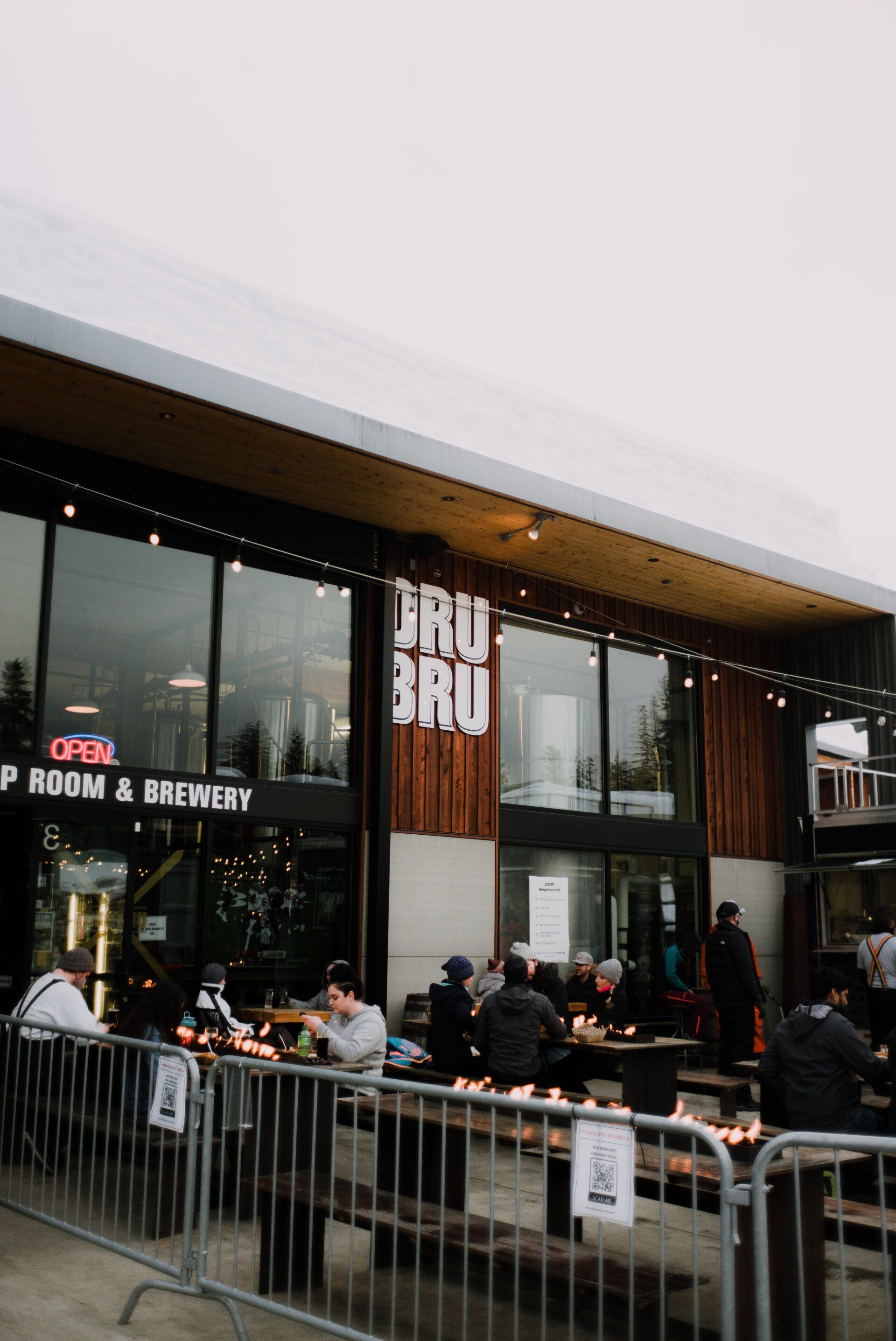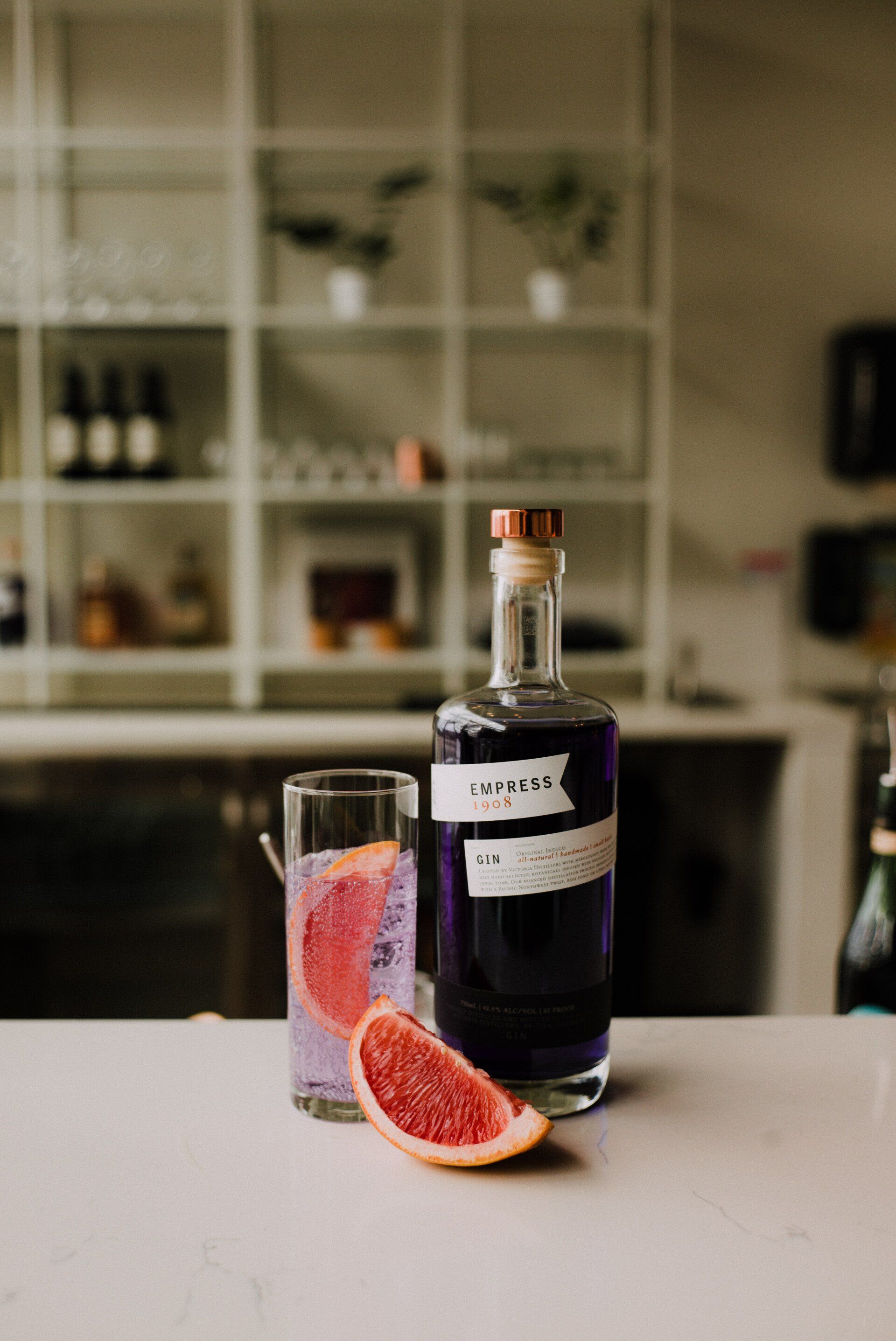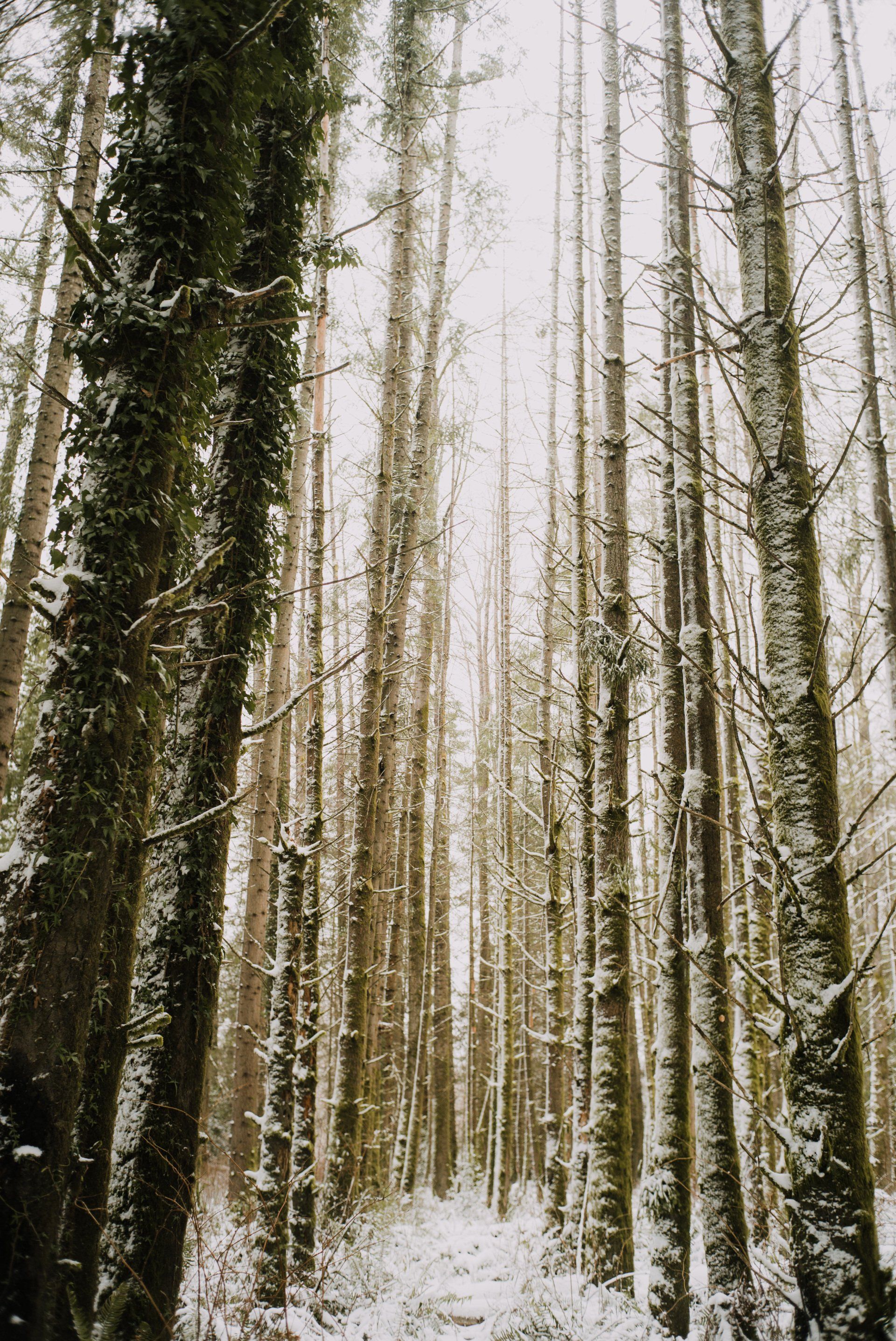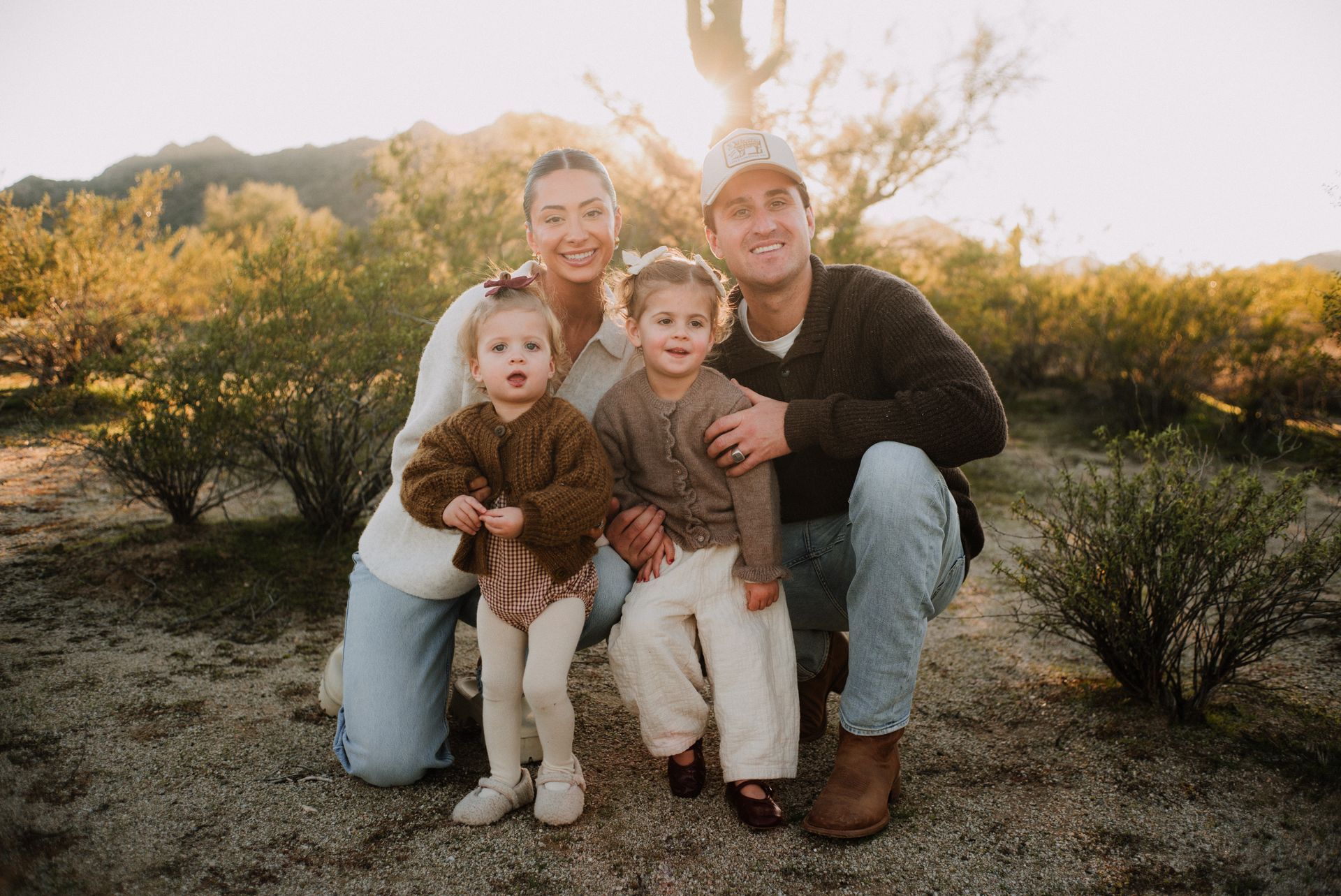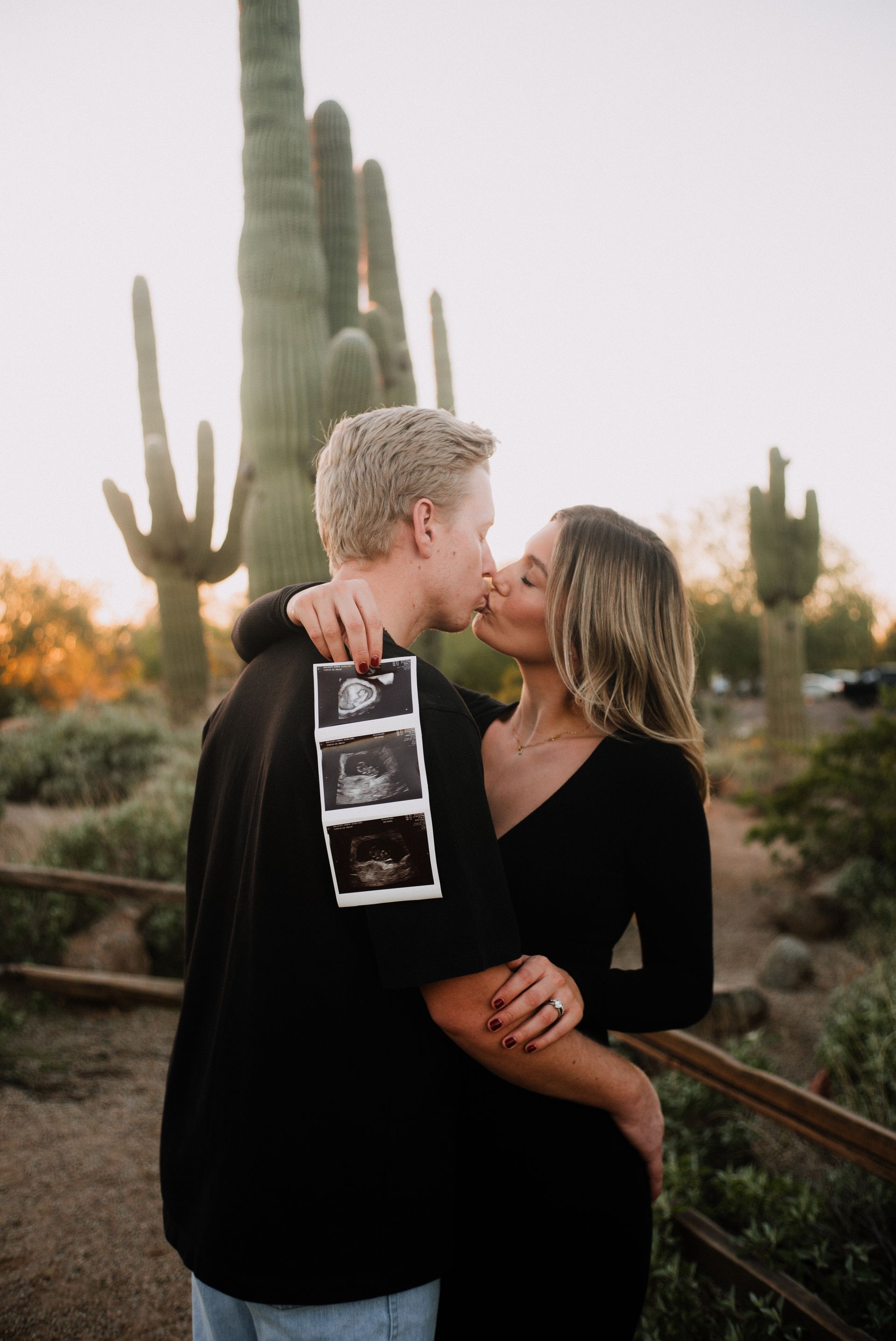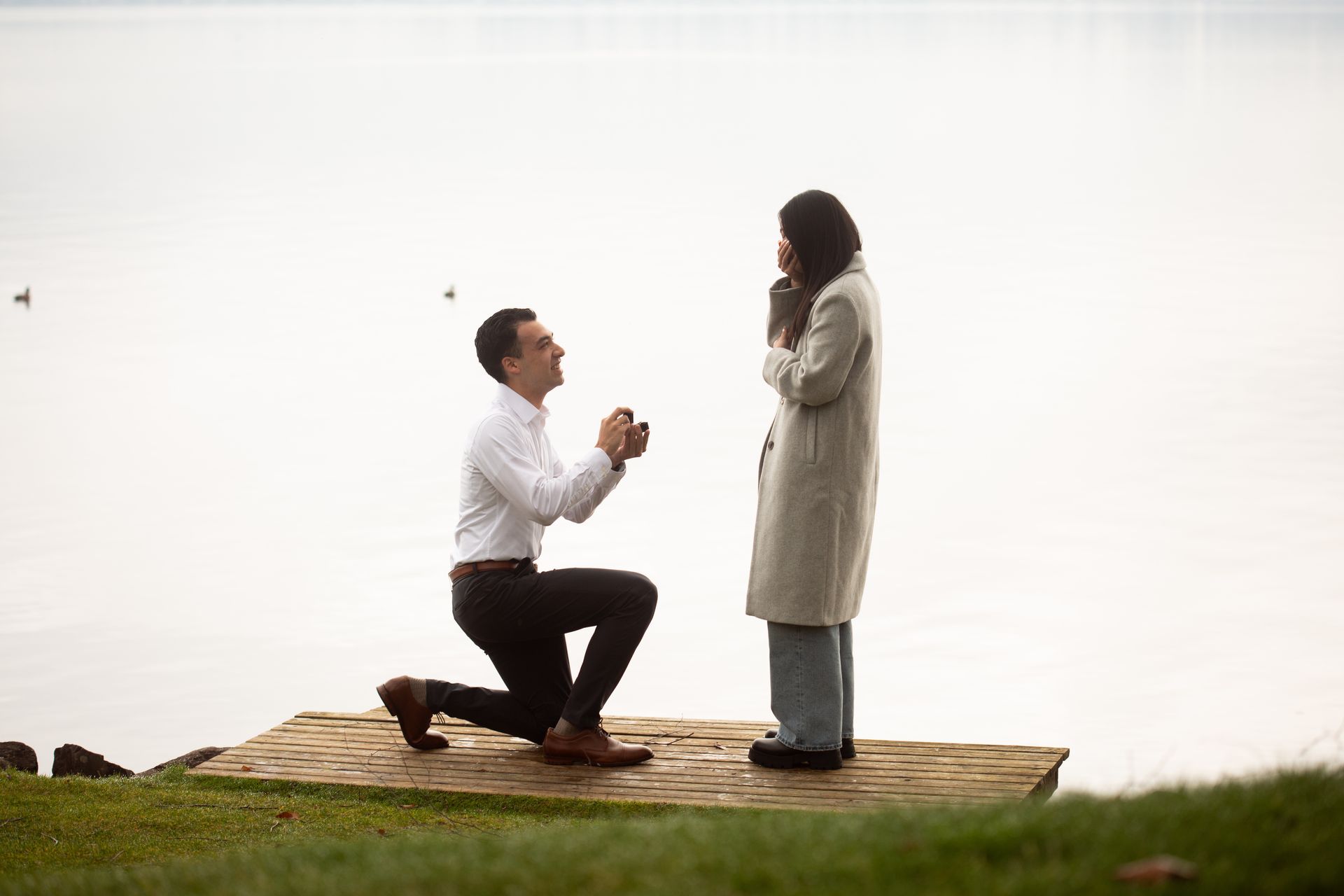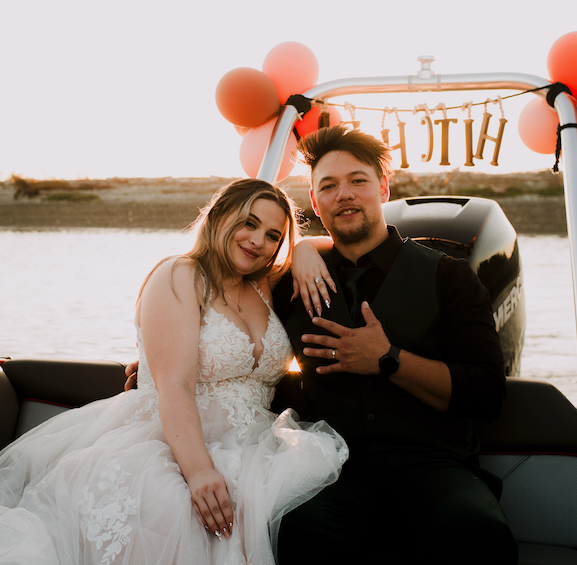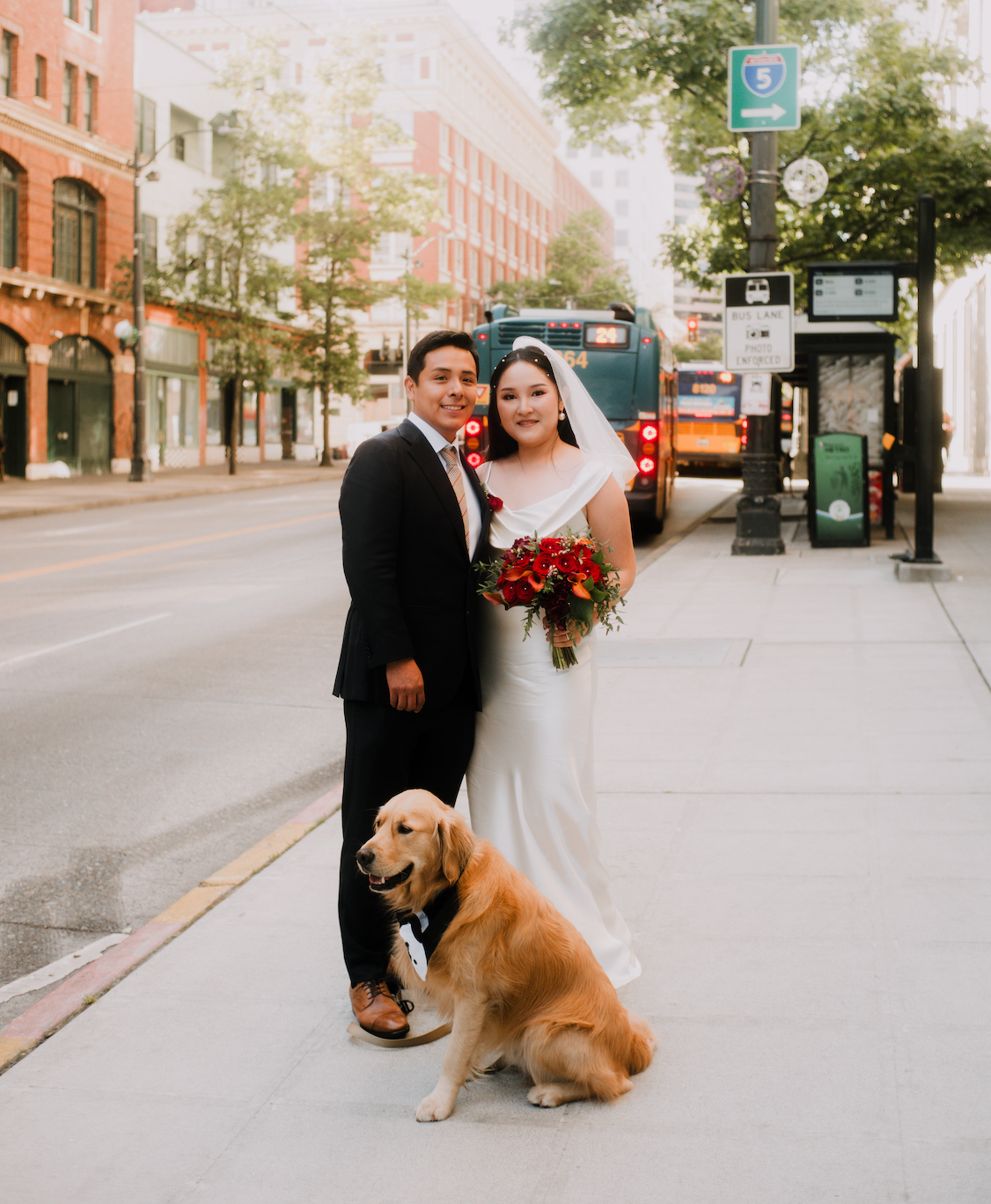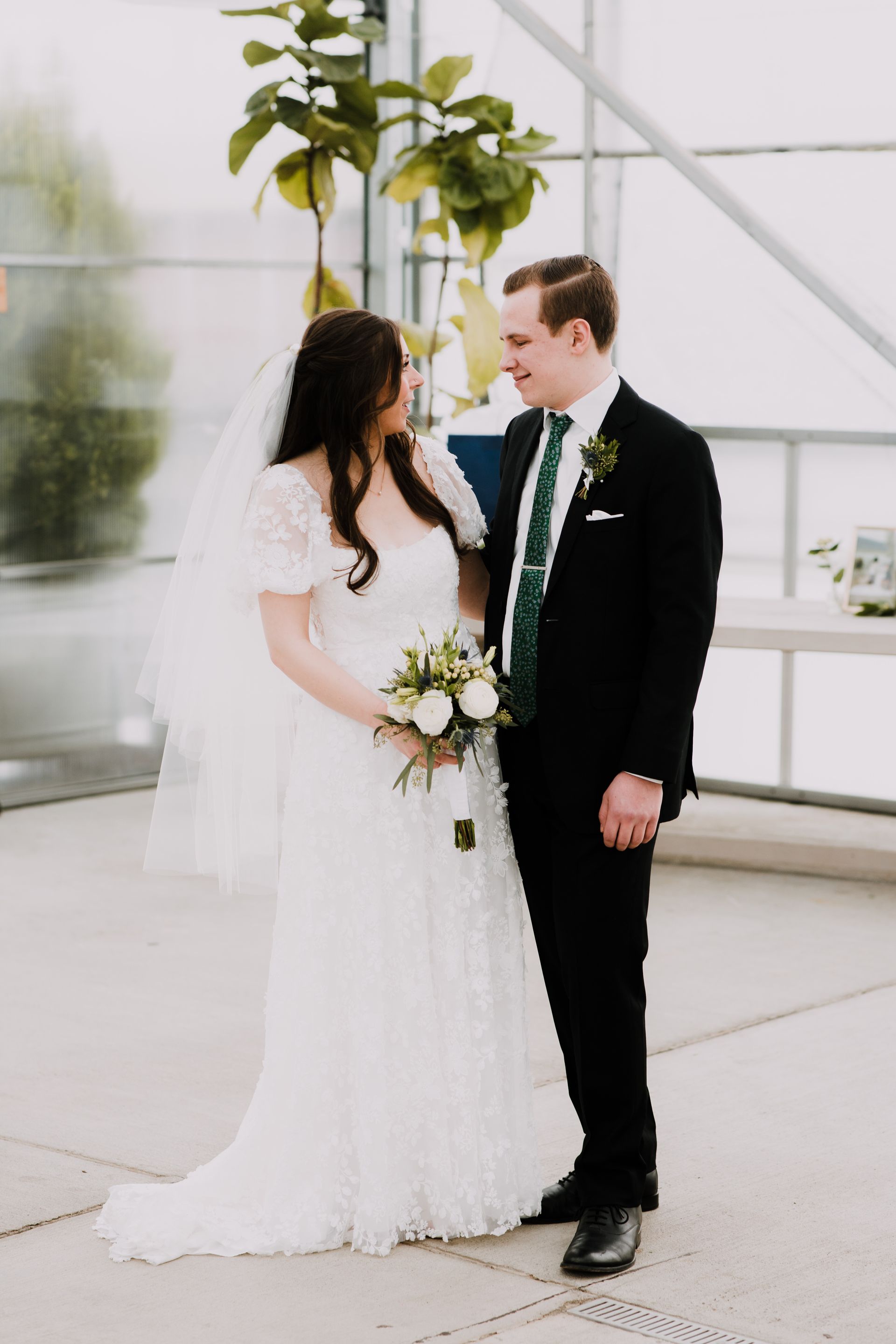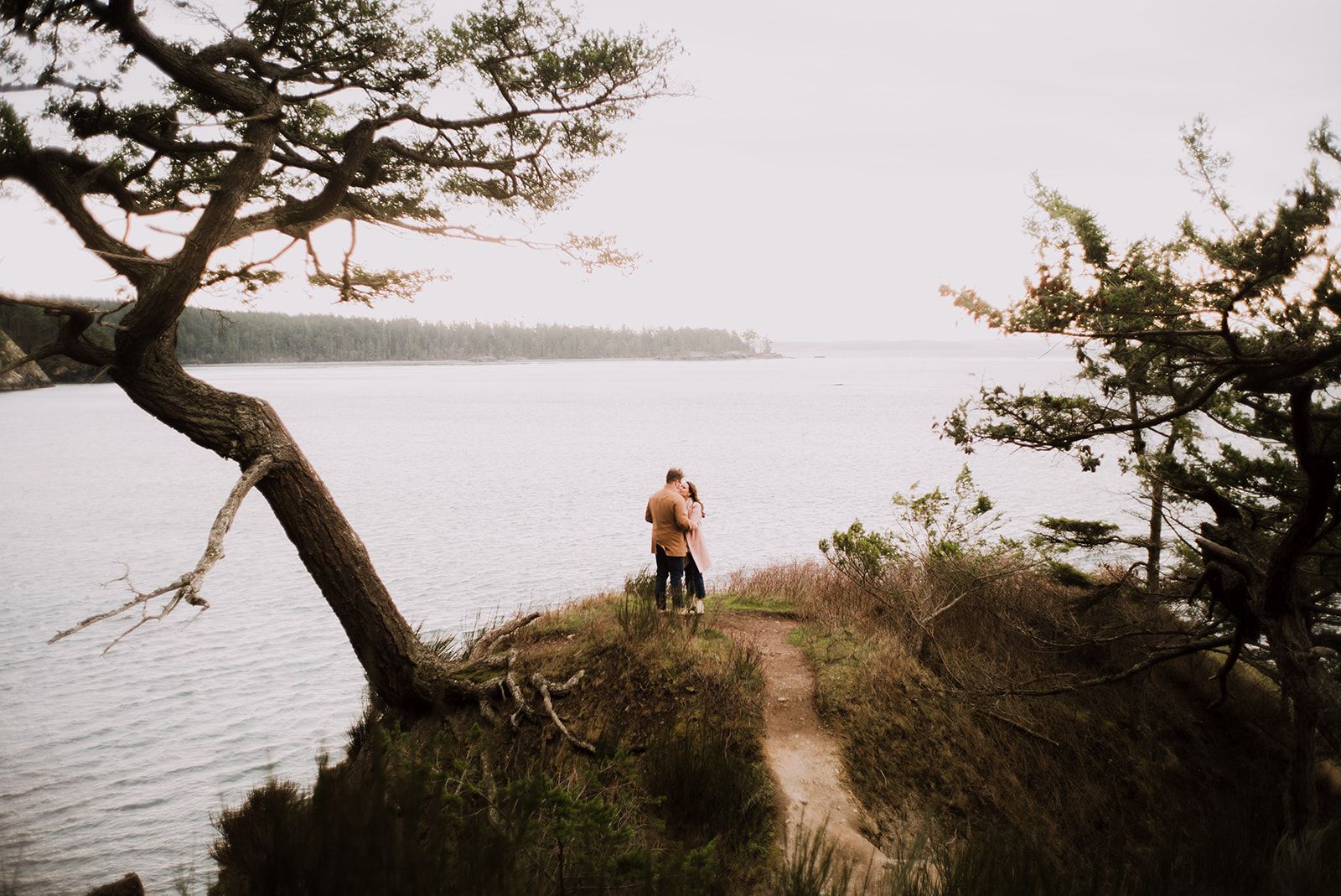Switching to Leica
Over the past year I made the switch from Canon to Leica. I looked at so many forums, blogs, comparisons, and sample images that I wanted to sit down to create a resource for someone who is in my former position—considering switching to Leica. Personally, I wanted to switch to Leica because their cameras and glass are so sharp, hold so much depth, have vast dynamic range, and simply and authentically capture light and color in a way I think no other camera platform competes with. However, I had some questions.. How hard is it to learn how to shoot a rangefinder? How does Leica change your editing flow? How does it compare to a DSLR? Why is Leica so expensive? Let's talk about it!
*Shot on Leica M240
LEICA VS CANON
**Disclaimer, so that you know where my bias lies, I began my photography career with an entry level Nikon, quickly switching over to Canon, stayed Canon for about 5 years, considered switching to Sony, and then moved to Leica. I also typically only shoot fixed lenses, but I did use the Canon 70-200 for wedding photography for a few years.
BUT FIRST
I want to begin by saying that anyone who tells you that any one camera platform is intrinsically better than all other camera platforms does not understand the vast range of gear that is available to the modern photographer. Many photographers veer towards Canon for their lens selection. Many photographers end up with Sony for their modern aesthetics, thoughtful ergonomics, and careful eye detection auto focus. Regardless of where you’re coming from, there are a few things you should know if you're switching from a different digital camera to a Leica. The Leica M platform is mirrorless and all manual. (I personally went with the M platform, but there's so many Leica camera and lens options out there like the Leica SL, Leica CL, Leica Q2 to name just a few). Within the Leica M, you’ll find a menu system with typical customization abilities, and you set iso in the camera, but other than that the Leica is designed to be operated by physical levers/buttons/wheels rather than buttons on a screen. Get ready for only manual focus. Set your shutter speed with a dial on top. Set your aperture on the aperture dial around the lens. It's still a digital camera but you can't set your white balance in camera. However, this is all intentional to imitate the feeling and use of a film rangefinder camera. And Leica seems to like to take control out of your hand and charge you for it.. (they literally charge the same amount of [$8295] for the
M10
and the
M10 Monochrom, the major difference, the Leica M10 Monochrom only shoots in black & white..) but, what Leica lacks in tech it more than makes up for in the way it captures the world. The raw sharpness, realness, and the way it captures light surprises me every time I pull the full size images up in Lightroom.
*Shot on Leica M240
Leica & Canon Gear
And first, let’s quickly talk gear. Cameras and lenses. Up until last year, I shot with 2 Canon 5D Mark III's, the Canon 24 1.4L II, the Sigma 35 1.4, and the Canon 70-200L II. I sold the 35 and the 70-200 to finance the Leica M240 and a Summicron 35 f2 V3, and then eventually purchased a Leica M6 and a Summicron 40 f2 (I prefer a fixed lens and wide angles so my next lens is definitely a 28 summicron). As a wedding photographer I have to have a solid 35mm prime lens for portraiture, wide angle ceremony/reception shots, good details, and fun wide dancing photography. Now let’s talk about rangefinders.
How hard is it to learn how to shoot a rangefinder?
Rangefinders are mirrorless cameras, where the user views and focuses the shot through the glass viewfinder on the back top corner of the camera, rather than through a mirror and the lens. This means that when you look through the viewfinder, you are directly looking out at what you are taking a photograph of and typically you get a greater field of vision because you see more than just what is going to be in frame. Inside of the viewfinder is a small rectangle that you can "align" with whatever you would like to be in focus. You move the focus lever clockwise and counterclockwise on your lens until whatever is showing up in the small rectangle in your viewfinder is lined up with what you are trying to focus on.
Rangefinders take some getting used to, and it's definitely harder to focus them in low light because you're actually seeing what's really in front of you with no digital adjustments (harder in the dark). But once you get used to manually focusing them with the focus ring, I have found that I never have to worry about a shot being unintentionally out of focus because I can see exactly where the camera is focused and precision is based on your skill, not the camera's microchip. As a wedding photographer it takes much more effort to get all my shots and all the spontaneous moments, but it's worth it for the delivered photos.
How does Leica change your editing flow?
Well, make sure you're ready for the file sizes. They're a lot larger than your average Mk III file sizes. My Leica M240 shoots a .DNG, short for Digital Negative Image File, created by Adobe, and a .JPG (2 files for every shot). Lightroom then uses both file formats to quickly display and let me edit/arrange my photos, while still being able to export the full quality photo from the digital negative file. My canon raw .CR2s were typically 25-30mb while the Leica .DNG file is 50mb and the .JPG is ~3mb. While this may not sound like a huge deal, if you're talking about 1000 photos, or one wedding, that's a difference of 28gb! And I can still remember when my iPhone only had 16gb of storage!
Colors and lighting wise, I barely have to change my presets (made for canon), there's a few tweaks I make with my oranges/reds/yellows because Leica handles skin tones and poor lighting color temperature much better than a DSLR.
How does it compare to a DSLR?
Shooting is a lot slower. Because every single adjustment to your photo, shutter speed, iso, aperture, all have to be manually set (no computer chips automatically setting exposures) and focused by hand, the Leica is much slower to work with. That being said, when I shot my Canon Mk IIIs on a wedding day, I would end up shooting about 1000-1500 photos and returning 400-700 of them. And with the M240 and the M6 I've been shooting about 800-1200 pictures and returning 500-700 of them. I believe a lot of this has to do with the fact that with a DSLR you can shoot from all sorts of angles and perspectives very quickly and all of them will turn out fine and in focus. But when you have to manually focus every shot it forces you to slow down and frame every shot intentionally. However, the major downside of the Leica platform is the poor low light performance, and that it is much easier to miss a moment when you don't have automatic focus.
What does it take financially?
Superior craftsmanship, quality, and decades of field testing. (The Leica I was first introduced to the world at the 1925 spring fair in Leipzig, Germany, while Canon did not come out with a camera until 1935). Also, while not everyone fully agrees, many believe that the upside of the Leica film M cameras and the lenses are that since they no longer manufacture anything but the MP, the film bodies and older lenses will continue to appreciate as they are very sought after, and there's not many of them left. Lens prices vary, but certain older lenses appreciate as the demand rises as they continue to compete with the newer versions, and even seem to add life to the photographs they take as time favorably wears on them. Leica also continues to raise the prices of the lenses as they become better and better, but I personally don't have the paycheck to go pick up a new summilux.
If you have any questions or want to see more of my work check me out on instagram, @blake.pnw <3
Quick before & after that's not perfectly aligned (sorry I cropped the photo while editing):

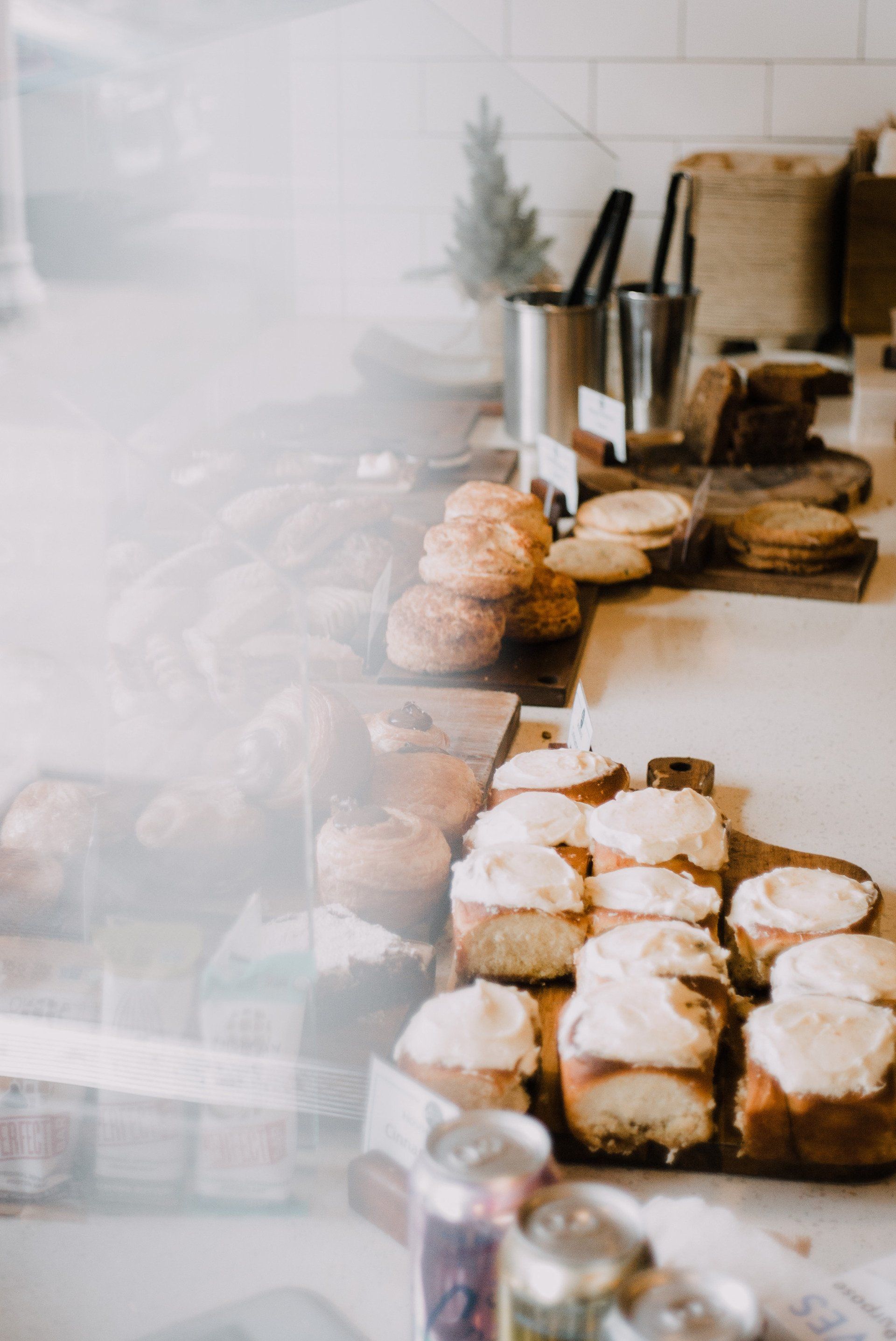
Ready to chat?
Let's grab a coffee (or a virtual coffee!) and start planning your dream photo session. No pressure, just conversation and the potential to create something truly special.

